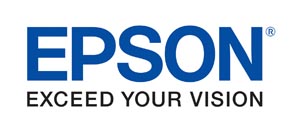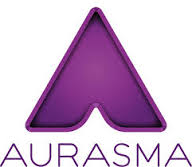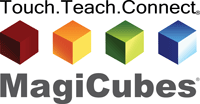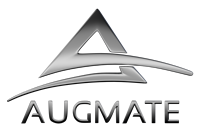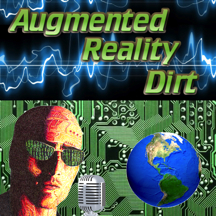Legendary Wearable computing pioneer, Steve Mann, received his PhD degree from MIT in 1997, and is currently a full professor at University of Toronto where he is also the Chief Scientist of the Rotman School of Management’s CD Lab.
He is the inventor of the MannGlassTM HDR welding glass, the EyeTap Digital Eye Glass, and has been recognized as “the father of the wearable computer”, the “father of wearable AR”, and founder of wearable computing as a new discipline.
He has been described as a modern-day Leonardo da Vinci, and is also a sculptor, artist, and inventor of the hydraulophone, a public water feature that is a fun and playful musical instrument installed as public art around the world. He has been featured by news organizations including AP News, New York Times, LA-Times, Time, Newsweek, Fortune, WiReD, NBC, ABC, CNN, David Letterman (#6 on Letterman’s Top Ten), CBC-TV, CBS, Scientific American, Scientific American Frontiers, Discovery Channel, Byte, Reuters, New Scientist, Rolling Stone, and BBC. Thousands of articles about him have appeared worldwide in many languages. His award winning documentary cyborglog ShootingBack, and the ideas from his visionary book “CYBORG: Digital Destiny and Human Possibility in the Age of the Wearable Computer” (Randomhouse Doubleday, 2001) inspired a 35mm feature length motion picture film about his life, said, by P.O.V., to be Canada’s most important film of the year. Together with his students James Fung and Chris Aimone, as well as artist, scientist and intellectual Ariel Garten, Mann founded InteraXon, a Canadian company that is currently commercializing the cyborg technology developed by Mann, Fung, and Aimone. InteraXon created a large-scale public art installation open to the public as the flagship project of the Ontario Pavillion during the entire time of the Olympics from February 12-28, 2010. Mann was the inventor of, and one of the 4 people that developed the EyeBorg camera, named one of the 50 best inventions of the year by TIME. He has written more than 200 research publications, books, and patent publications, and has been the keynote speaker at more than 25 scholarly and industry symposia and conferences and has also been an invited speaker at more than 50 university Distinguished Lecture Series and colloquia. His work has been shown in numerous galleries and musems around the world, including the Smithsonian Institute, National Museum of American History, The Science Museum (Wellcome Wing, opening with Her Majesty The Queen June 2000), Museum of Modern Art (MoMA in New York), Stedelijk Museum (Amsterdam), Triennale di Milano, Austin Museum of Art, and San Francisco Art Institute. He also won first place in the Coram International Sustainable Design Award for his interactive water feature, and is the recipient of the Leonardo Award for Excellence.
Copyright © 2025 Bounce. All rights reserved.

